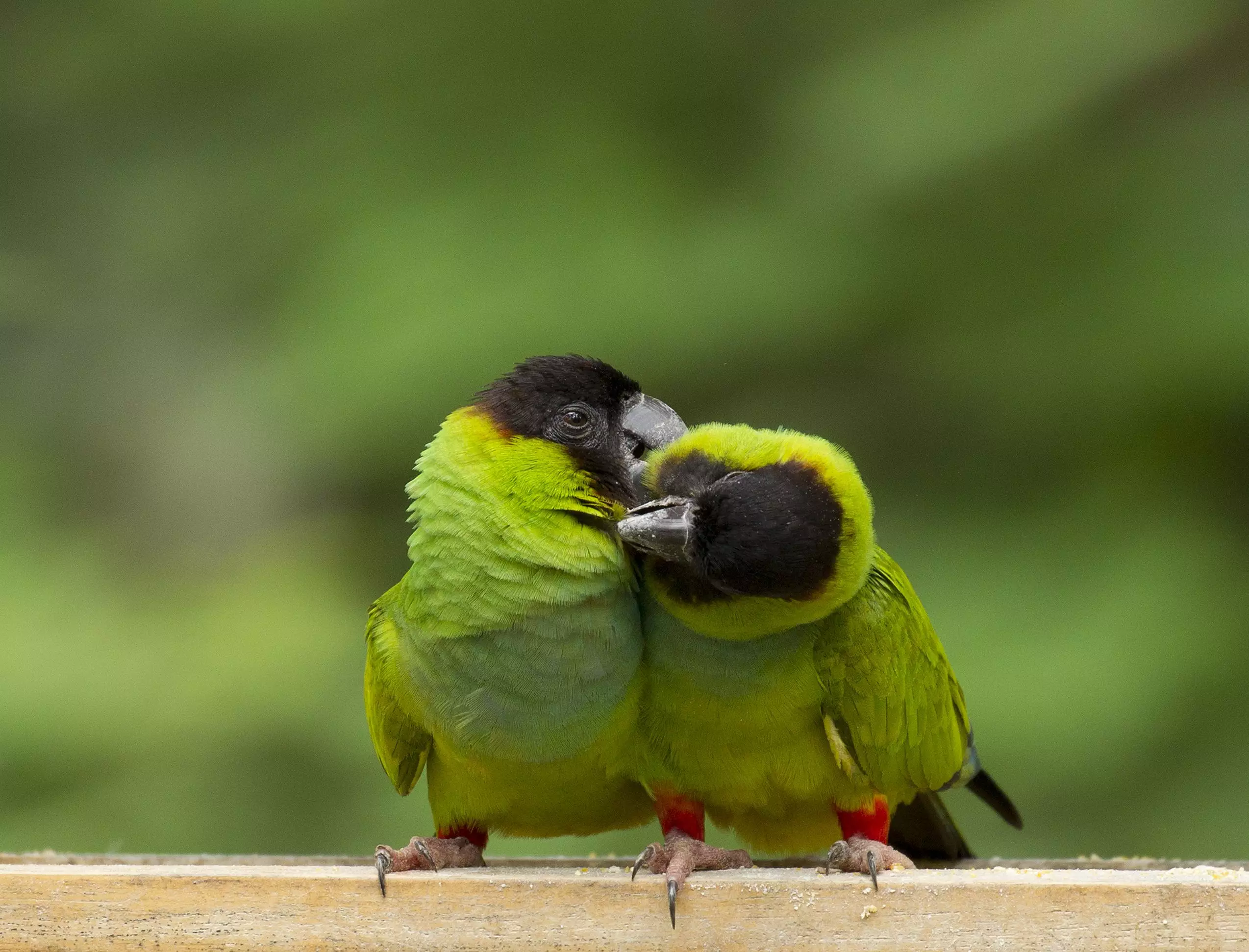Birds are fascinating creatures, and one of the most intriguing aspects of their anatomy is their feathers. A specific term, ‘pinfeather,’ refers to the immature feathers that emerge when a bird undergoes molting. Understanding pinfeathers is crucial for any bird owner or enthusiast, as it not only sheds light on the growth pattern of feathers but also highlights the needs of our avian companions during this sensitive time.
Pinfeathers can be recognized by their initial appearance through the skin of a bird, looking somewhat like tiny pins or quills. This stage occurs as part of the natural process of feather replacement known as molting. As the bird sheds older, worn-out feathers, pinfeathers serve as new replacements, emerging from the skin and gradually growing out. Composed primarily of keratin, which also makes up human hair and nails, these feathers initially possess a blood supply that nourishes their growth. This ensures that the pinfeather remains delicate yet vital for the bird’s overall health.
As they grow, pinfeathers are encased in a keratin sheath that protects the developing feather. During this process, the bird’s self-grooming habits play a vital role. Through preening, birds help remove the shedding sheath, allowing the new feathers to unfurl correctly. This natural self-maintenance not only facilitates feather development but also contributes to the bird’s overall hygiene and comfort.
Feathers are not just simple coverings; they have a complex architecture designed for various functions. Within a bird’s plumage, different types of feathers serve distinct purposes, and understanding these classifications can enhance our appreciation of these remarkable structures. Feathers can provide insulation, waterproofing, display features, flight capabilities, and even camouflage.
A feather consists of different components: the calamus (the feather’s base) extends into the rachis, which acts as the main shaft. Supporting structures branch out from the rachis in the form of barbs, which in turn have smaller offshoots called barbules. These barbules are equipped with tiny hooks that allow birds to interlock their feathers, maintaining a neat and orderly arrangement. Such organization is crucial for effective flight and temperature regulation, enhancing the bird’s ability to thrive in various environments.
Birds engage in preening to maintain not only the condition of their feathers but to achieve optimal performance in flight and insulation. When feather grooming is done correctly, it ensures that the feathers lay smoothly against the body, creating a barrier that protects against moisture and wind. In many bird species, grooming helps achieve a sleek appearance, which is especially important for species that rely on camouflage for protection from predators.
Interestingly, females in many bird species tend to exhibit more subdued colors than their male counterparts, helping them blend into their surroundings, especially while nesting. This biological distinction serves an important evolutionary purpose, aiding in the survival of their offspring.
When birds molt, they rely on their natural grooming behaviors to remove many of their pinfeathers. However, certain areas, particularly on the head, can be difficult for them to reach. In the wild, birds would typically rely on their flock members for assistance during preening. For pet birds, however, the absence of a flock can prompt the owner to step in and help.
By gently rolling the pinfeathers between your fingers, it is possible to assist your bird during its molting phase. This should be done with care, as pinfeathers are tender and can be sensitive to touch. Additionally, showers and baths can alleviate the discomfort associated with pinfeather growth by providing a soothing effect and helping to manage itchiness.
Understanding the growth and care of pinfeathers allows bird owners to offer enhanced support during molting. Environmental factors such as humidity, bathing opportunities, and even diet play vital roles in feather health. A well-balanced diet rich in essential nutrients can aid feather development and overall well-being during this important lifecycle phase.
By paying attention to your bird’s grooming behaviors and providing assistance when necessary, you can foster a strong bond with your pet while ensuring it experiences a healthier molting process. An appreciation for the complexity of feathers highlights the intricate balance of nature that supports the majestic birds we cherish.
By recognizing the importance of pinfeathers and being mindful of our birds’ needs, we can contribute to their well-being, making our homes a nurturing environment for these marvelous creatures.

